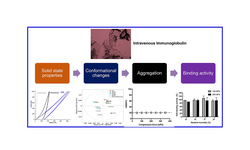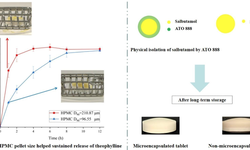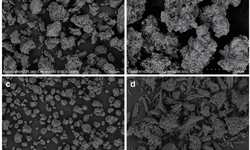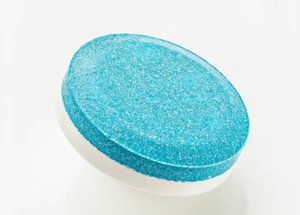Scientific papers
The interaction of starch with moisture is primarily influenced by its two key components, amylose and amylopectin. This investigation delved into the moisture sorption properties of starches with varying amylose-amylopectin ratios and their impact on tablet properties, including drug stability. Starch samples were equilibrated to 33%, 53%, and 75% relative humidity (RH) and subsequently evaluated for tabletability, compactibility, and yield pressure. The study also assessed the effect of humidity on viscoelastic recovery.
At 33% and 53% RH, high-amylose starch exhibited superior tabletability and compactibility compared to high-amylopectin starch. However, a reversal of these trends was observed at 75% RH. Regarding yield pressure, high-amylose starch demonstrated lower yield pressure than high-amylopectin starch. Additionally, tablets made from high-amylose starch displayed a reduced extent of viscoelastic recovery compared to those made from high-amylopectin starch. The variations in tableting properties were found to be associated with the relative localization of sorbed moisture.
Notably, the degradation of acetylsalicylic acid in high-amylose starch tablets at 75% RH and 40°C was less pronounced than in tablets with high-amylopectin starch. This observation was linked to the greater number of water molecule binding sites in high-amylose starch. Moreover, a significant portion of the sorbed moisture in high-amylose starch was internally absorbed, limiting the availability of diffusible sorbed moisture for degradation reactions.
The insights gained from this study offer a better understanding of how the amylose-amylopectin ratio influences tableting properties and the stability of moisture-sensitive drugs. This is particularly relevant given the common use of starch as an excipient in solid dosage forms.
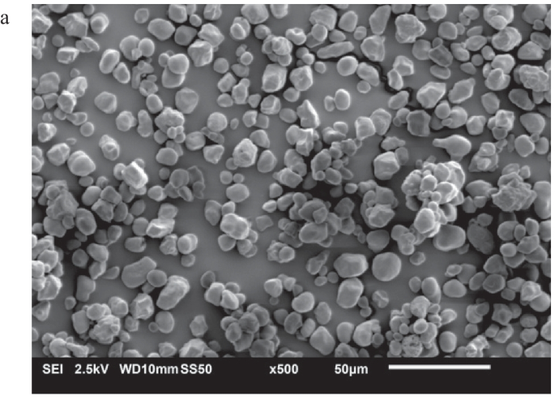
Comments
No comments posted yet.
Add a comment

